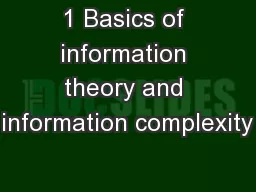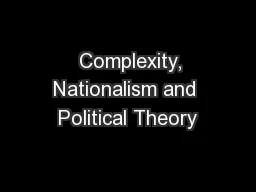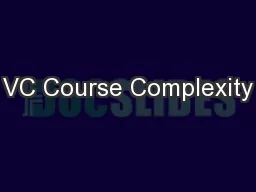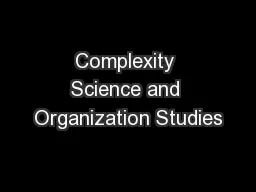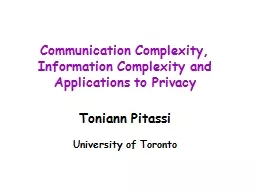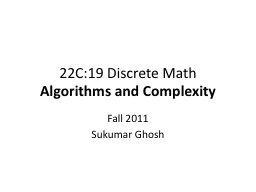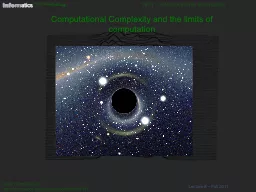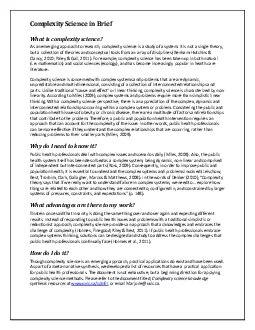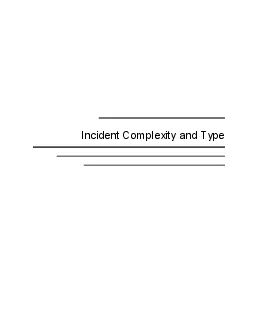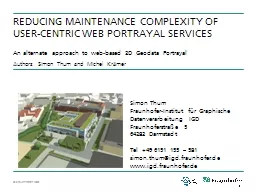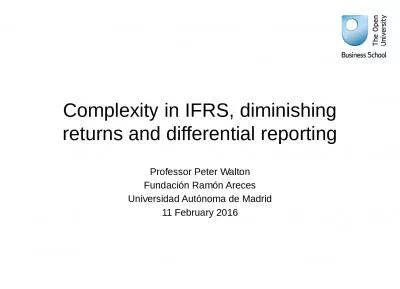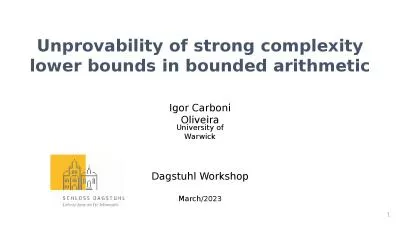PPT-1 Basics of information theory and information complexity
Author : liane-varnes | Published Date : 2018-10-30
June 1 2013 Mark Braverman Princeton University a tutorial Part I Information theory Information theory in its modern format was introduced in the 1940s to study
Presentation Embed Code
Download Presentation
Download Presentation The PPT/PDF document "1 Basics of information theory and infor..." is the property of its rightful owner. Permission is granted to download and print the materials on this website for personal, non-commercial use only, and to display it on your personal computer provided you do not modify the materials and that you retain all copyright notices contained in the materials. By downloading content from our website, you accept the terms of this agreement.
1 Basics of information theory and information complexity: Transcript
Download Rules Of Document
"1 Basics of information theory and information complexity"The content belongs to its owner. You may download and print it for personal use, without modification, and keep all copyright notices. By downloading, you agree to these terms.
Related Documents

